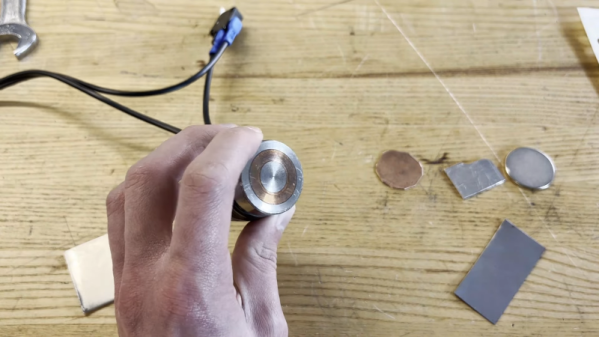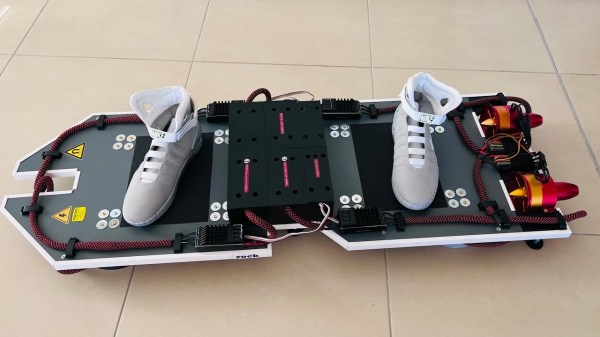Most electromagnetic actuators are rotating motors, or some variation on the theme, like servos. However, it’s possible to do linear actuation with electomagnetics, too. [Adrian Perez] demonstrates this with Linette, his design of a linear actuator that he was inspired to build by the structure of our own muscles.
The design uses a coil of copper wire in a 3D-printed plastic housing, surrounded by a claw full of strong magnets. When the coil is activated, the magnets are pulled towards the coil. When the coil is not energized, the magnets fall away. [Adrian] demonstrates the actuator under the control of an Arduino, which switches power to the coil to move it up and down.
He also notes that the design is similar solenoids and voice coil style actuators, though unlike most his uses discrete magnets rather than a single monolithic magnet. It’s possible to get more capacity out of the Linette design through stacking. You can parallelize the actuators to get more pulling force, with neighboring coils sharing the same magnets. Alternatively, you can stack them in series to get longer stroke lengths.
[Adrian] hasn’t put the design to a practical application yet, but we could see multiple uses for robotics or small machines. We’ve seen some other neat DIY magnetic actuators before, too. Video after the break.

















